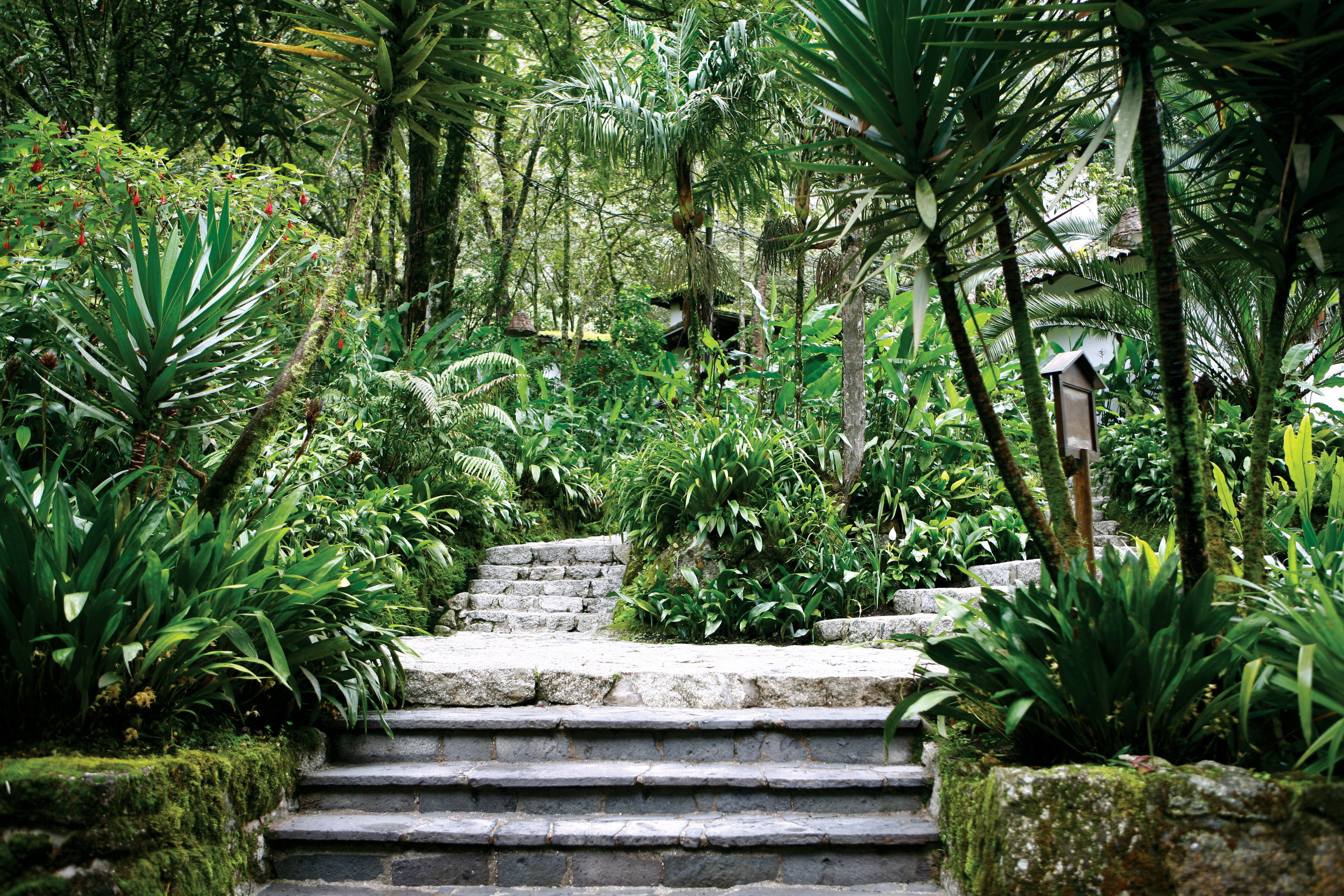09/07/2018
Celebrating architectural precision and harmonic collaboration, the Seven Wonders of the World have been admired for centuries, dating back to the ancient world, and have gracefully stood the test of time into our modern ages.
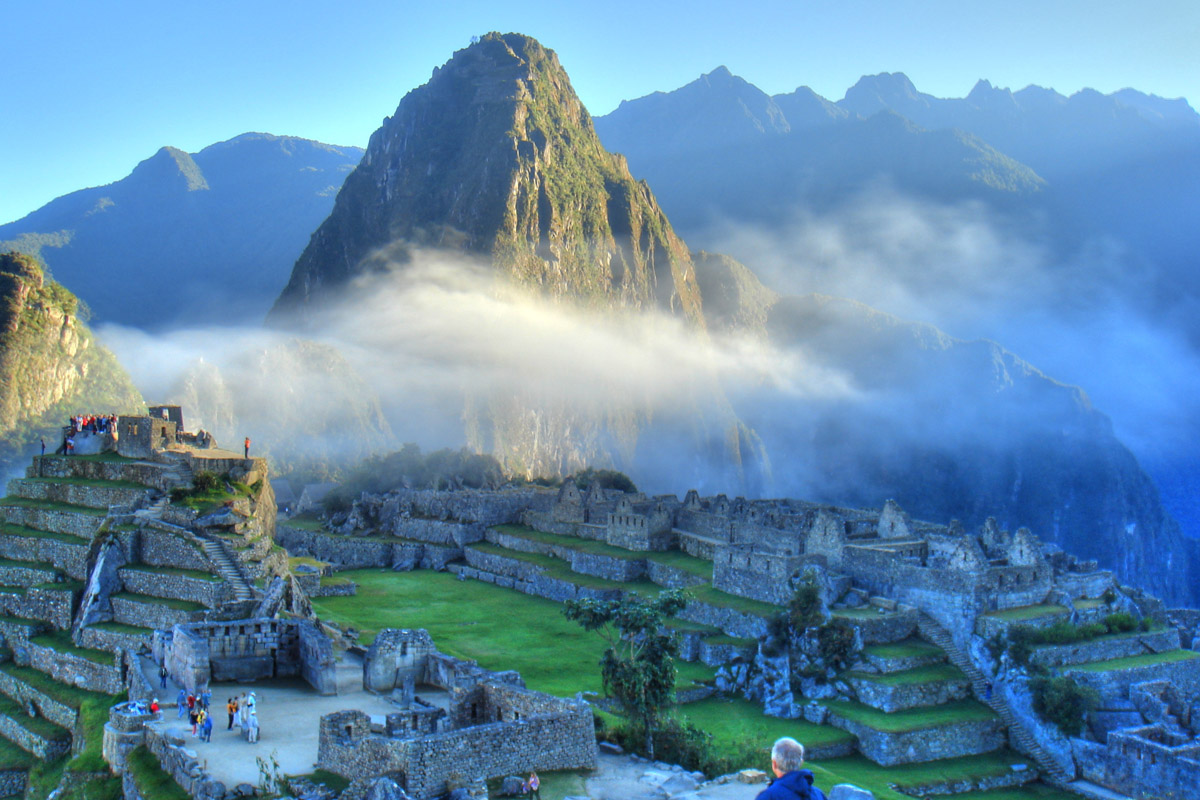
Originally defined as themata, the Greek for ‘things to be seen’, Seven Wonders of the Ancient world consisted of the Great Pyramids of Giza, the Hanging Gardens of Babylon, the Statue of Zeus at Olympia, the Temple of Artemis at Ephesus, the Mausoleum of Halicarnassus, the Colossus of Rhodes and the Lighthouse at Alexandria. Of these original wonders, only the Great Pyramids still exist today, the remaining either being destroyed by natural or other disasters, or fabricated from ancient myths. Known more familiarly to us, the modern wonders comprise the Great Wall of China, Chichén Itzá, Petra, Christ the Redeemer, Colosseum, the Taj Mahal and finally, Machu Picchu, which is also a little closer to home.
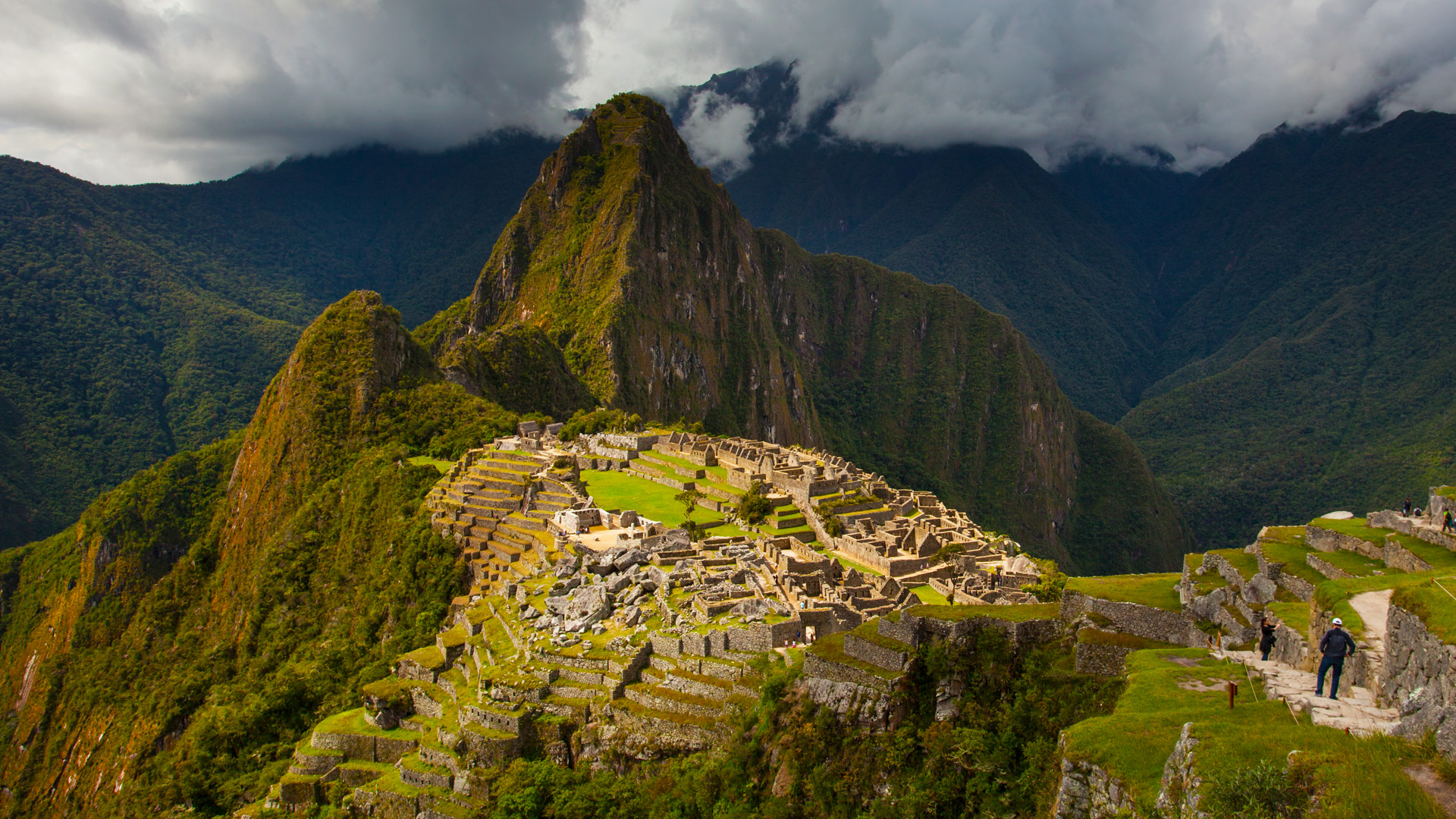
Becoming a ‘wonder of the world’ in 2007, located in the Andes Mountains and nestled above the Urubamba River, Machu Picchu is said to have originally acted as a palace complex for ruler, Pachacuti Inca Yupanqui. This famed city was rediscovered and documented in 1911 by American Archaeologist, Hiram Bingham, who then initiated a scientific study on the site. Standing as one of the few pre-Columbian ruins, Machu Picchu remains nearly intact and features agricultural terraces, formerly watered by aqueduct systems, temples and residential quarters, which are estimated to have been occupied from the mid-15th century to mid-16th century.
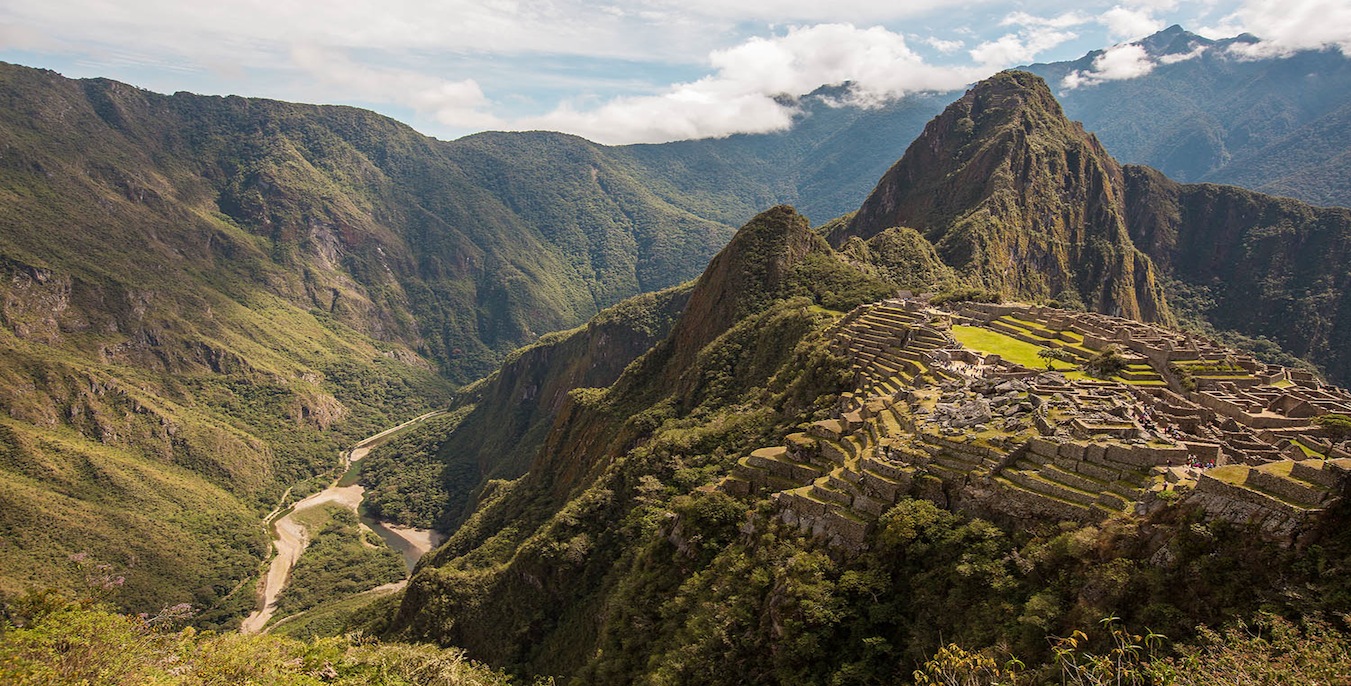
Further discoveries provide evidence that Machu Picchu was one of a number of fortified sites consisting of barracks and signal towers. With reasons for the site’s abandonment unknown, its structure stands tall, with thousands of stone block steps and plazas still visible. The Main Plaza is at the north-central location of the site, and is surrounded by the celebrated ceremonial sundial, the Hitching post of the Sun ‘Intihuatana’. Towards the other end of Machu Picchu, an enthralling path which leads to the well-known Inca Bridge, a complex rope structure which crosses the Urubamba River.
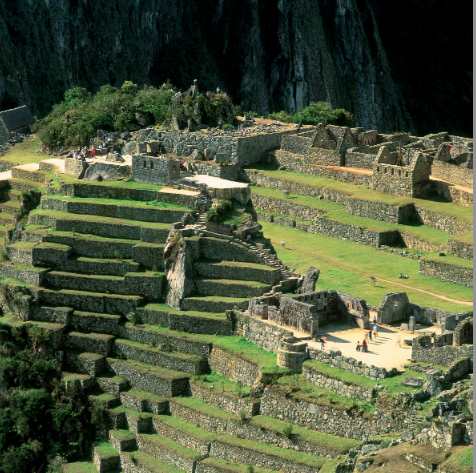
This awe-inspiring city once hosted our native ancestors and their many practices, rituals and ceremonies. Today, we are lucky enough to be situated at the entrance of Machu Picchu Pueblo, in amazing proximity to the this archaeological site. Paying homage to this ancient citadel, our Inkaterra Machu Picchu Pueblo Hotel, showcases the essence of an Andean Village, with terraced hills, waterfalls, petroglyphs, stone pathways and 83 whitewashed adobe casitas tucked away in the cloud forest of Machu Picchu. Proud members of National Geographic Unique Lodges of the World & Virtuoso, the property spans across 12 acres of tropical gardens and has preserved natural beauty, where a plethora of bird species (214, of which 18 are hummingbird), native orchids in their natural habitat (372 species-World Record according to the AOS), ferns and more, and other wildlife can roam free.
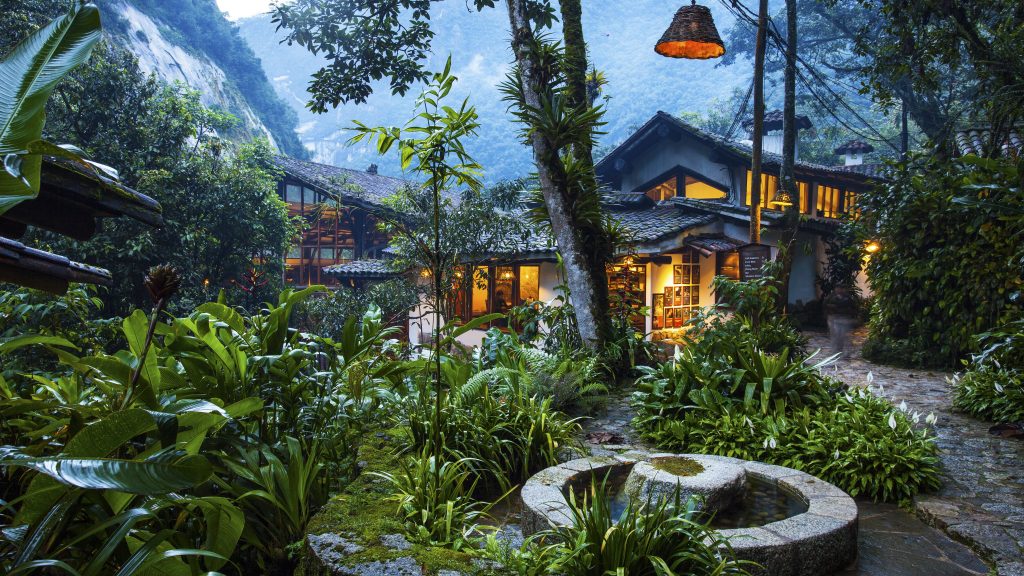
After exploring the marvels of Machu Picchu, our guests can freely enjoy our in-house activities and Unu Spa, which uses a combination of classic luxury with an mystical Andean approach. To find out more about the offerings of Inkaterra Machu Picchu Pueblo Hotel and the wild and wonderful adventures of the Historic Sanctuary of Machu Picchu, visit our site at Inkaterra.com.
